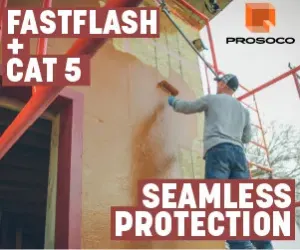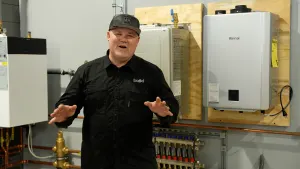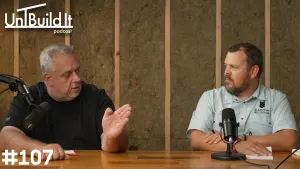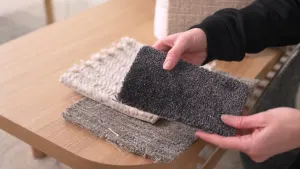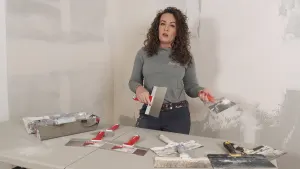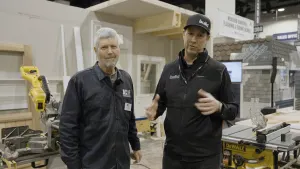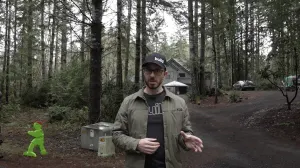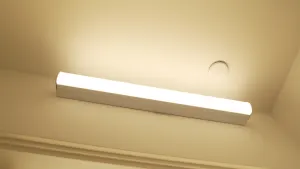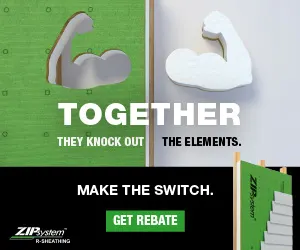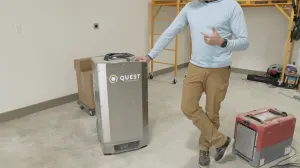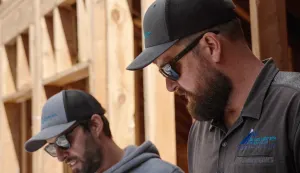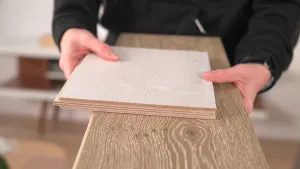
We hear a lot from both homeowners and homebuilders who are looking for any design techniques, products, and systems to contribute to a higher-performance home. Whether it’s your dream home or you’re a homebuilder, the goal should be the same for your healthy, safe, comfortable, and sustainable home: go beyond the minimum residential code to design and construct a better place to live.
High-performance homes are in demand among homeowners and prospective buyers, who have more information at their fingertips than ever before; recognizing this, many homebuilders are building for performance to:
- Add value to their customers’ investments
- Demonstrate a core commitment to being a “responsible” builder
- Differentiate themselves in a competitive marketplace
Our goal (and the purpose of this article) is always to provide a clear understanding of vapor transmission on the first side of the home - the foundation - and the role below-slab vapor barriers play in achieving high-performance goals in new homes. Let's Start with Some Building Science
Regardless of where a home is constructed, there is moisture in the ground at some depth below (generally the water table) or around the foundation -- think of rain falling to the ground and seeping into the soil, for example. Homebuilders have always gone to great lengths to prevent the infiltration of liquid water into the home’s foundation through proper drainage, capillary breaks, waterproofing, etc.
To read the rest of this article and discover how below-slab vapor protection helps your home meet four high-performance goals, click here.

 Share on facebook
Share on facebook Tweet
Tweet Email
Email Share on Linkedin
Share on Linkedin



